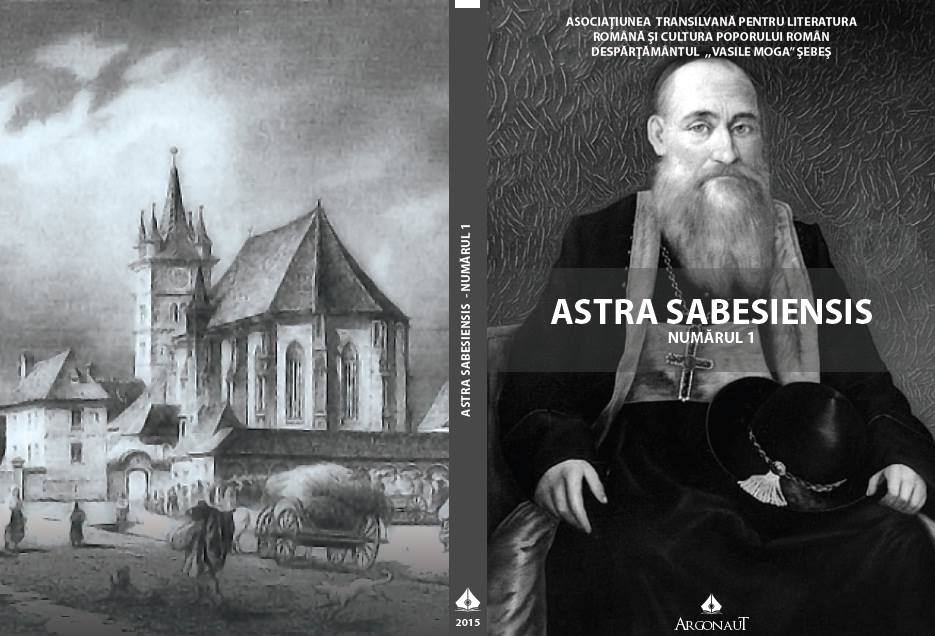CINE A SCRIS DESPRE NOI? SEBEŞUL ÎN VIZIUNEA
CÃLÃTORILOR STRÃINI (SECOLELE XVI-XIX)
Who written about us? The city of Sebes in the vision of foreign travellers (XVIth-XIXth centuries)
Author(s): Mihai-Octavian Groza Subject(s): History
Published by: Asociaţiunea Transilvană pentru Literatura Română şi Cultura Poporului Român - ASTRA
Keywords: travellers; documents; Sebeş; writters; local history;
Summary/Abstract: The trips and the venturing into the unknown, were and still are a constant inhuman history since ancient times, when man was firstly traveling in order to look forfood sources, or of new lands favorable to agriculture, to seek new pastures in routingtrade, for the colonization of new territories, in establishing of diplomatic ties withtribes/states, and not least fromthe desire to know, to explore for their own pleasure.The European policy of the modern era was ,,dominated by more or less peacefulrelations, regarding the situation and the great empires of that area”. In this context,Transylvania, and the city of Sebeş, were constituting the geographical space wheretravelers, European diplomats and soldiers where passing in order to reach theOttoman and the Russian Empire. This study aims to offer a comprehensive imageupon the descriptions of the city of Sebeş, upon the tipologies of the travellers comingfrom different areas from Europe and upon the way in which these ones interact with„the Other one”. In order to achieve our aim, we will analyze different notes taken by travellers (and published in the famous volumes Călători străini despre Ţările Române şiCălători străini despre Ţările Române în secolul al XIX-lea, and in other documents,memoirs, correspondence and other works which have the advantage of publishingtravelling notes), but also by analyzing biographies, origins and their professions. Thechronological period we analyze in our study is not random, because the time betweenthe 16th and 19th centuries, also known as the Counter-Reformation, wasdistinguished as „the rediscovery of Eastern Europe”, of great embassies, of the socalled ,,grand tour”, characterised by the appearance of personal, travelling diaries andby the establishing of antiquarian societies, who planned to study the old nations andthe conservation of ,,the venerable traces of ancestors”.
Journal: Astra Sabesiensis
- Issue Year: I/2015
- Issue No: 1
- Page Range: 11-36
- Page Count: 26
- Language: Romanian
- Content File-PDF

